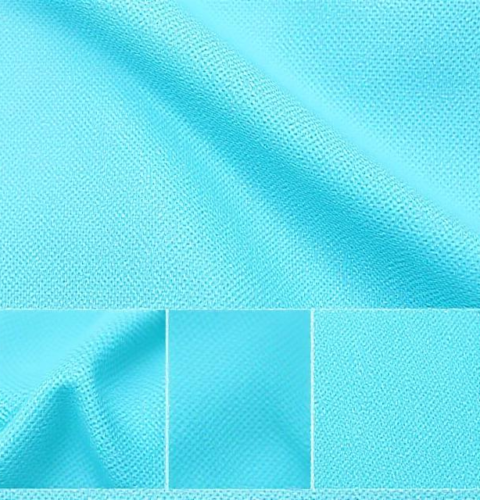It’s clear that the medical nonwoven fabric industry is undergoing significant evolution, and 2025 is poised to be a key year for advancements. Here’s a detailed look at what we can expect:
Medical Nonwoven Fabric: What’s Next in 2025?
The healthcare sector’s relentless pursuit of enhanced safety, hygiene, and patient comfort is driving innovation in medical nonwoven fabrics. By 2025, we can anticipate significant developments in several key areas:
Sustainability and Eco-Friendly Materials:
Biodegradable Nonwovens:
A growing emphasis on environmental responsibility will accelerate the adoption of biodegradable nonwoven fabrics. Expect to see increased use of materials derived from renewable resources, reducing the environmental footprint of disposable medical products.
This includes increased research and implementation of plant based fibers.
Recycling and Circularity:
Manufacturers will increasingly focus on recycling nonwoven materials and implementing circular economy principles to minimize waste.

Technological Advancements:
Smart Textiles:
The integration of sensors and electronic capabilities into nonwoven fabrics will revolutionize patient monitoring. “Smart” nonwovens will enable real-time tracking of vital signs, wound healing progress, and other critical parameters.
Advanced Filtration
With ongoing concerns about airborne pathogens, advancements in nonwoven filtration technologies are expected. These innovations will provide enhanced protection for healthcare workers and patients.
Nanotechnology:
Nanofibers and nanomaterials will enhance the functionality of nonwoven fabrics, providing improved filtration, antimicrobial properties, and mechanical strength. This will lead to more effective infection control and wound care solutions.
Enhanced Performance and Functionality
Improved Barrier Properties:
Manufacturers will continue to refine nonwoven fabrics to provide superior barrier protection against fluids, bacteria, and viruses.
Enhanced Comfort and Skin-Friendliness:
Patient comfort will remain a priority, with the development of softer, more breathable, and less irritating nonwoven fabrics.
Specialized Applications:
Nonwoven fabrics will be developed for medical uses like wound dressings, implants, and drug delivery. These innovations will enhance performance, biocompatibility, and functionality in healthcare.
Market Dynamics
Increased Demand:
The aging population and rising prevalence of chronic diseases will drive increased demand for medical nonwoven fabrics. Additionally, the ongoing focus on infection control will further contribute to their growing use.
Regulatory Changes:
Regulatory bodies will continue to update standards and guidelines for medical devices and materials. These changes will influence the development and production of nonwoven fabrics. Regulatory updates will shape nonwoven fabric development for medical use.
Global Market Growth:
The Asia-Pacific region is predicted to have very strong growth in this market.
Increased focus on domestic production:
Global supply chain vulnerabilities highlighted in recent years, have increased the importance of domestic production of essential medical supplies.
Key Takeaways
Sustainability is becoming a crucial factor in the medical nonwoven fabric industry.
Technological advancements are driving the development of highly functional and innovative nonwoven materials.
The market for medical nonwoven fabrics is expected to continue its growth trajectory, driven by increasing healthcare needs.
Staying updated on trends helps healthcare professionals, manufacturers, and researchers advance medical nonwoven fabrics. This, in turn, helps improve patient outcomes.










